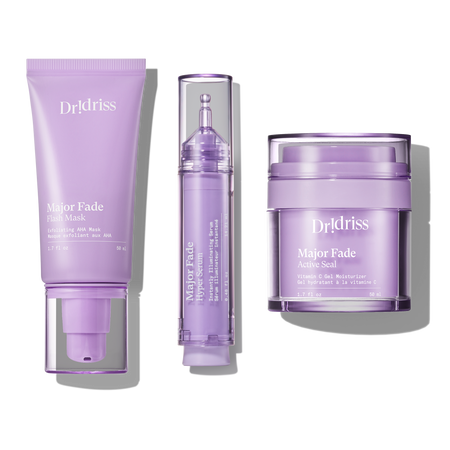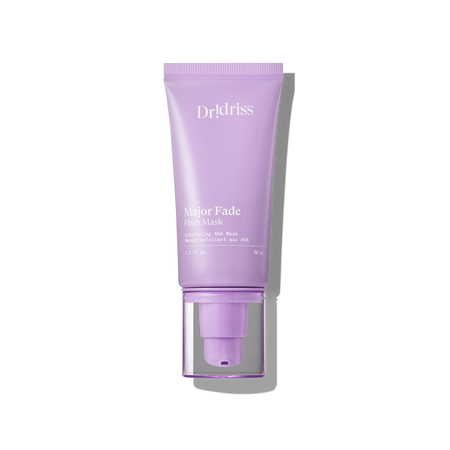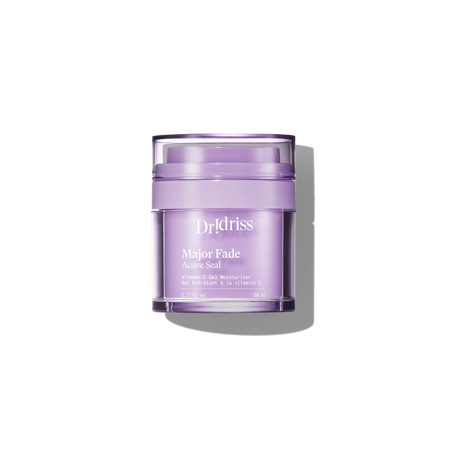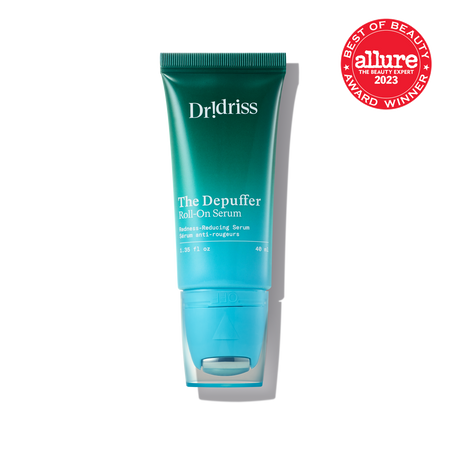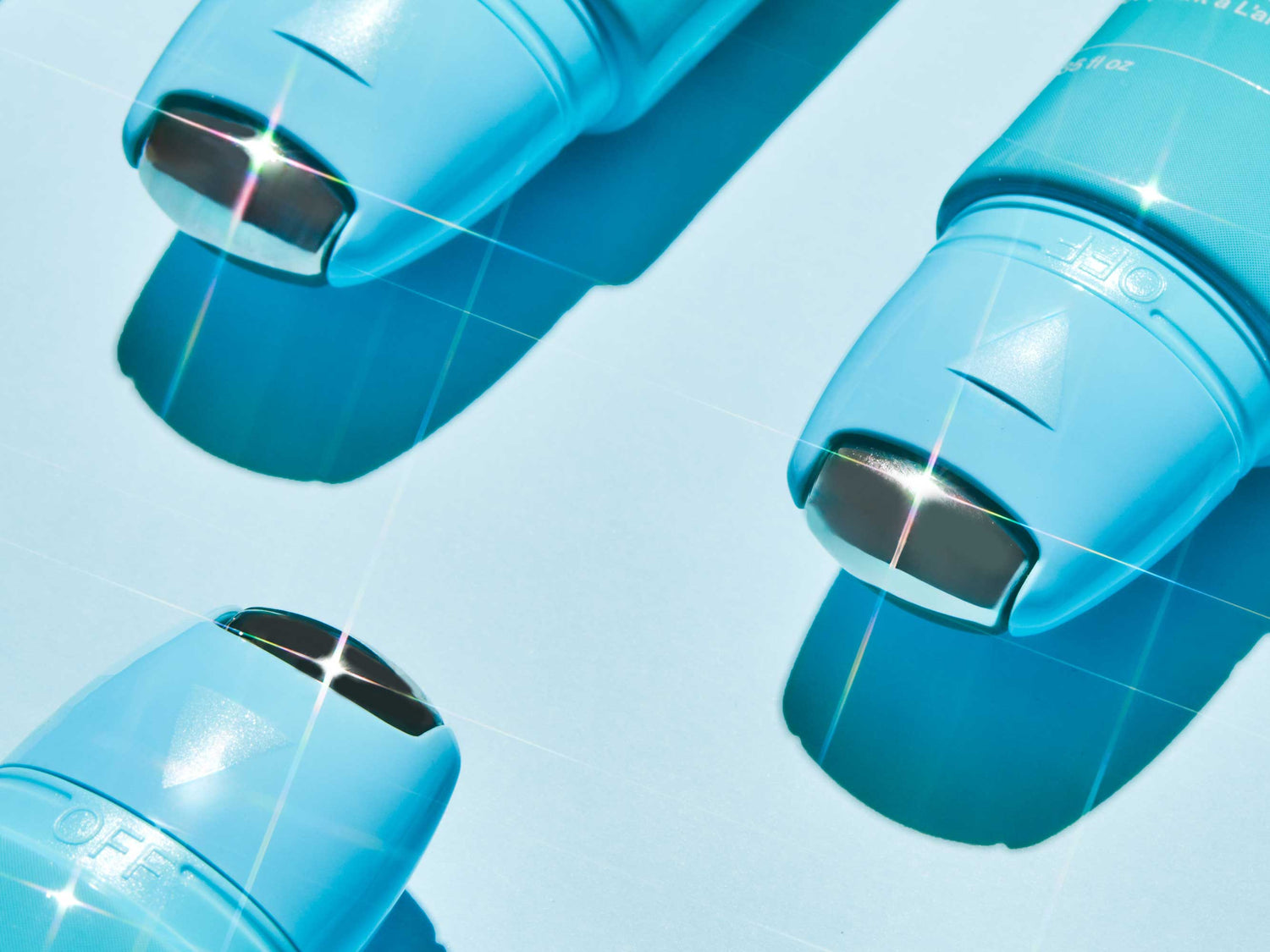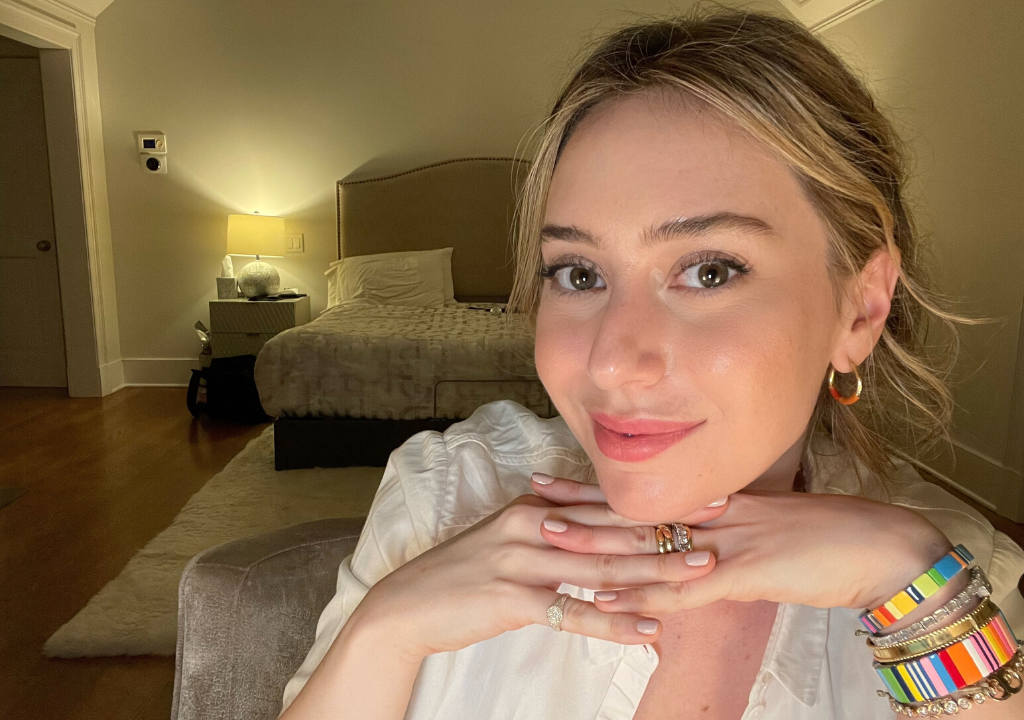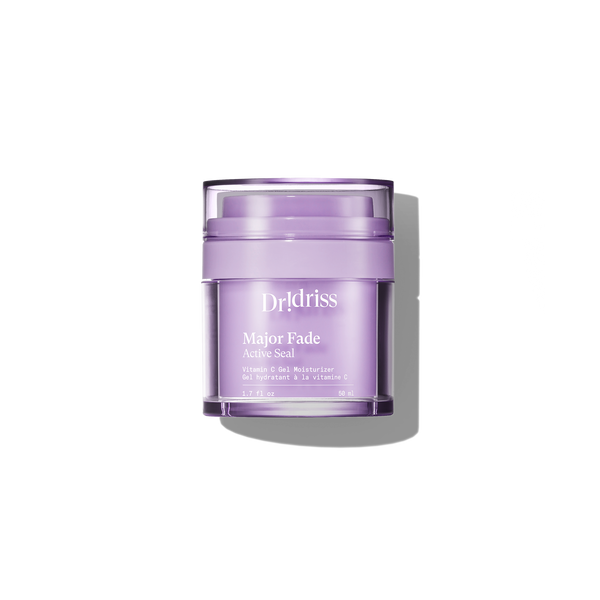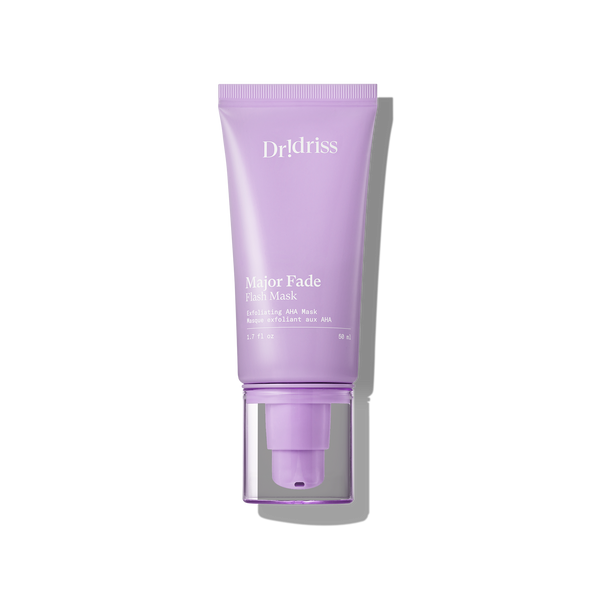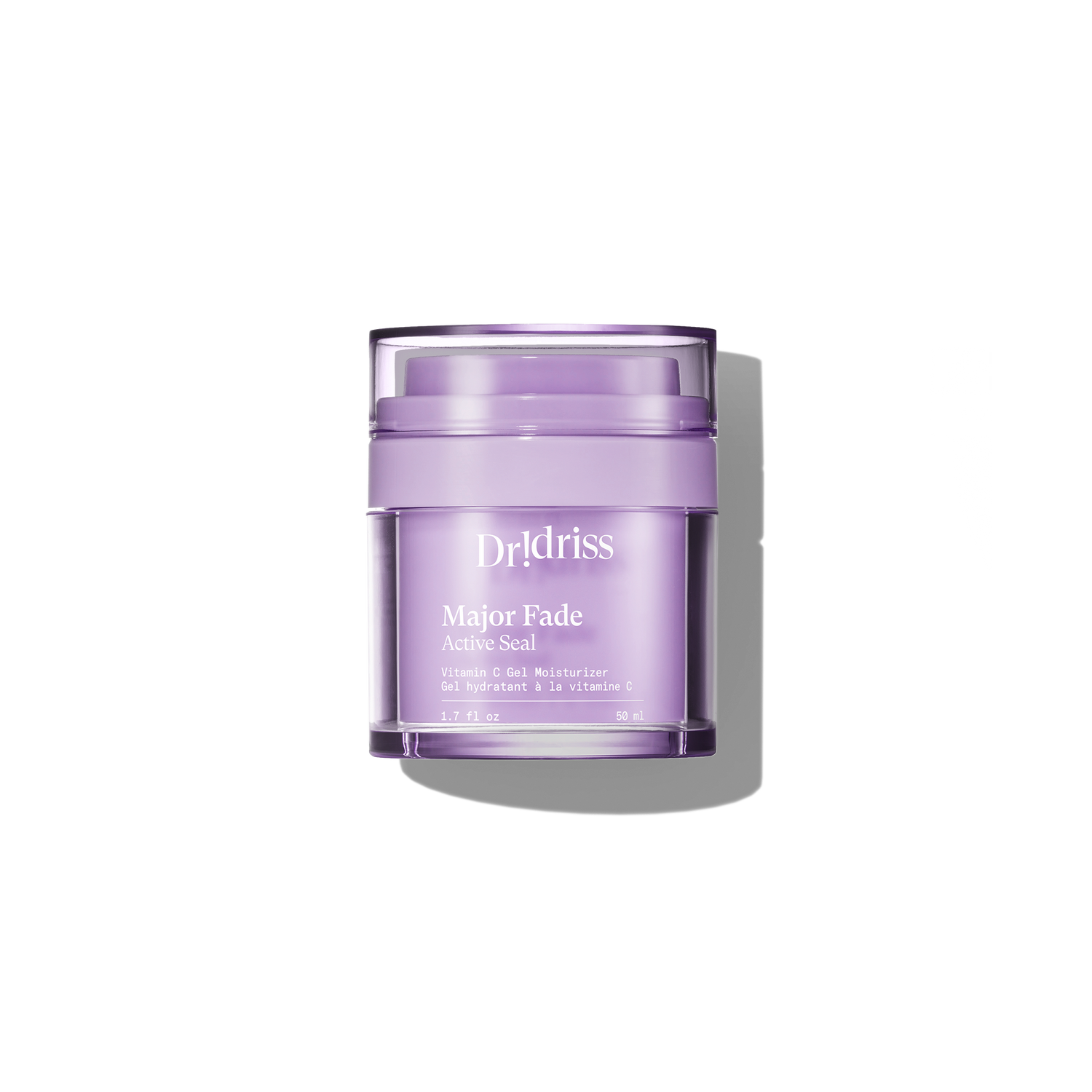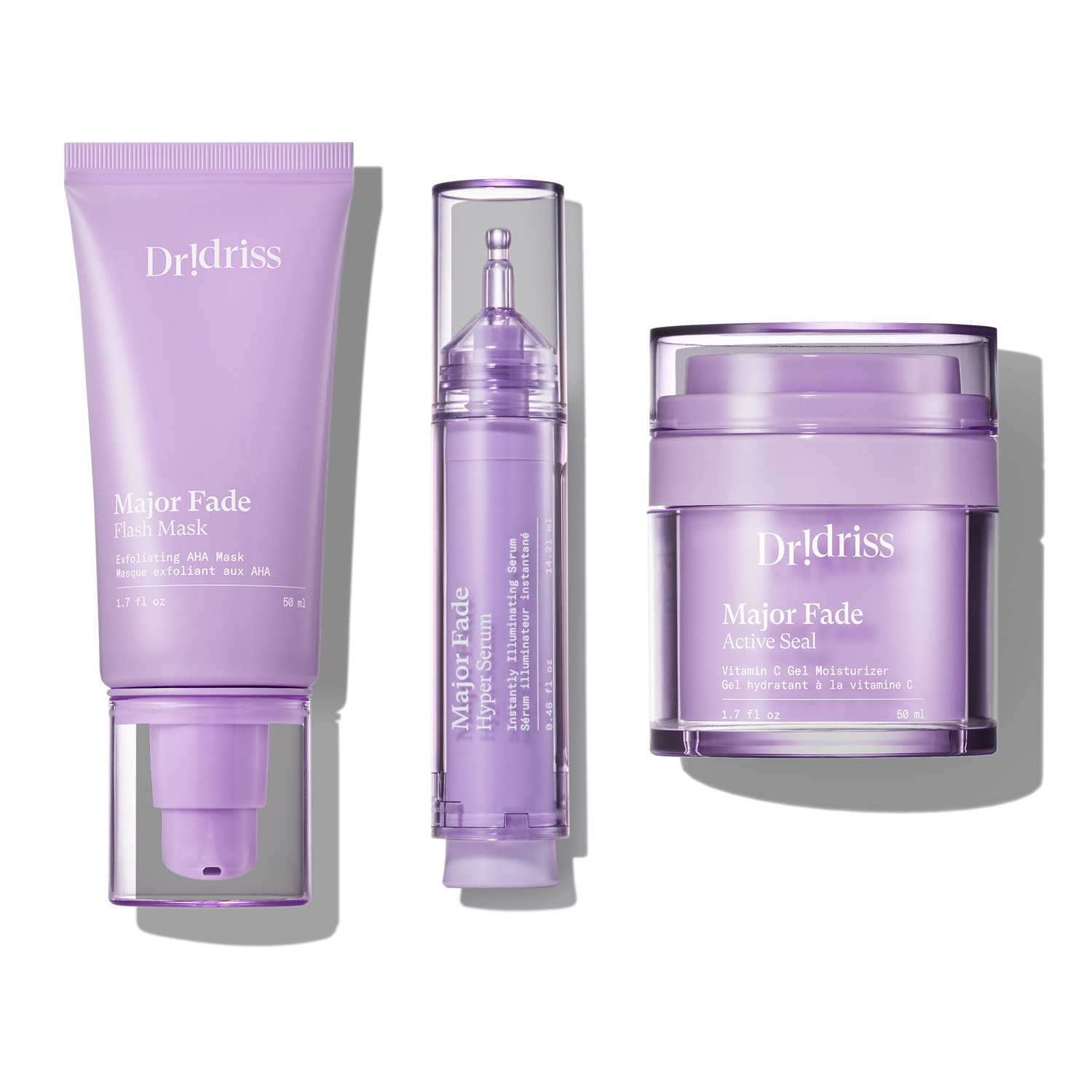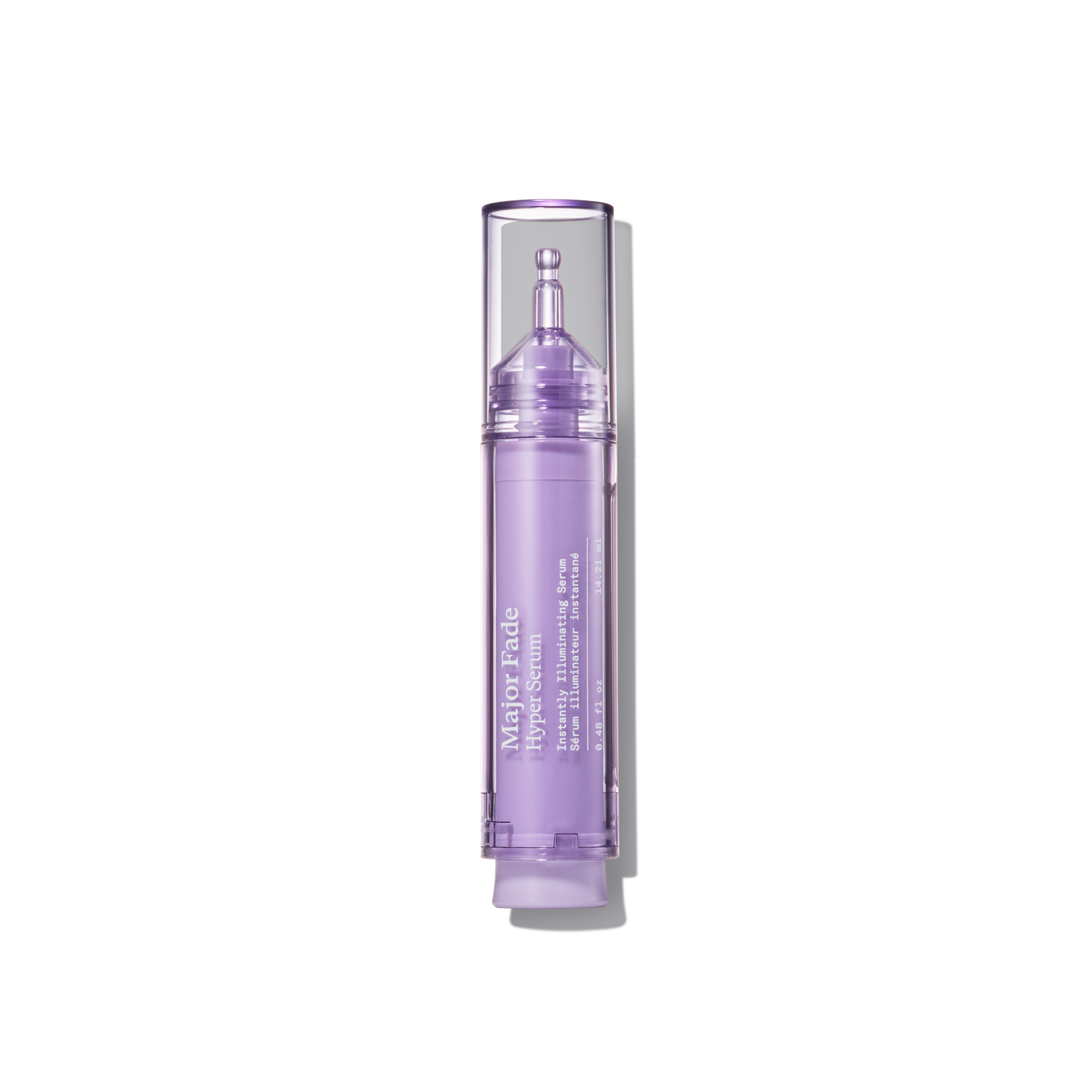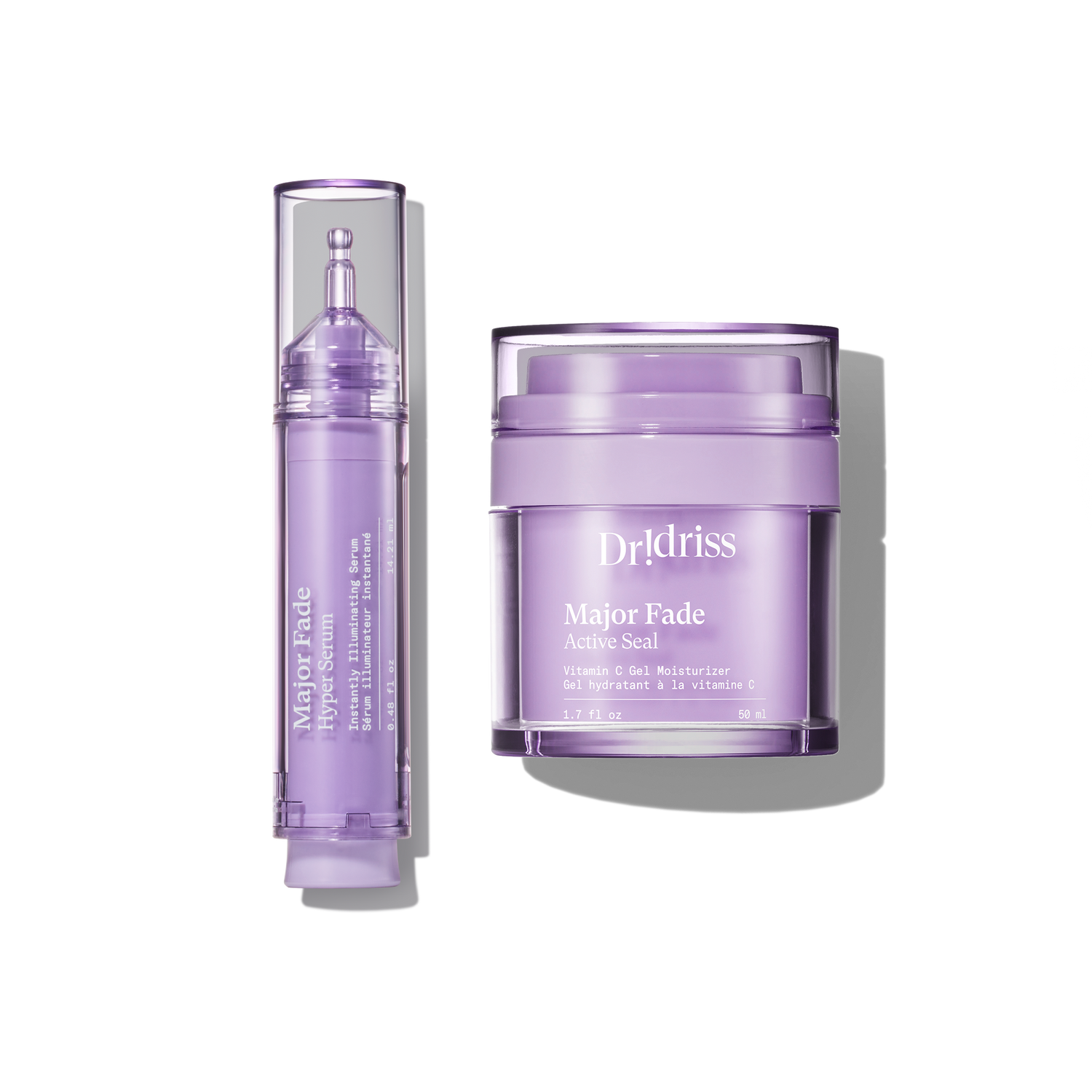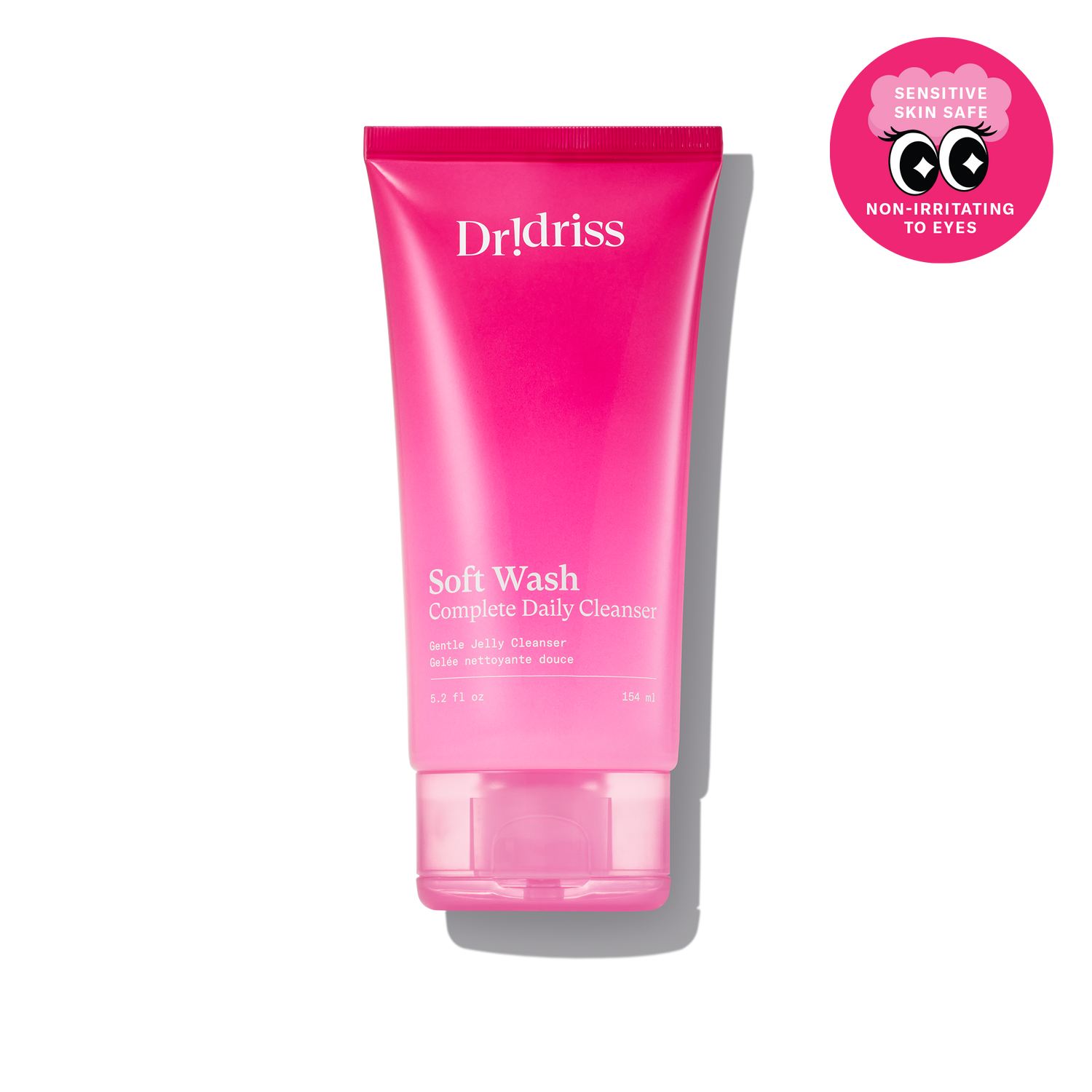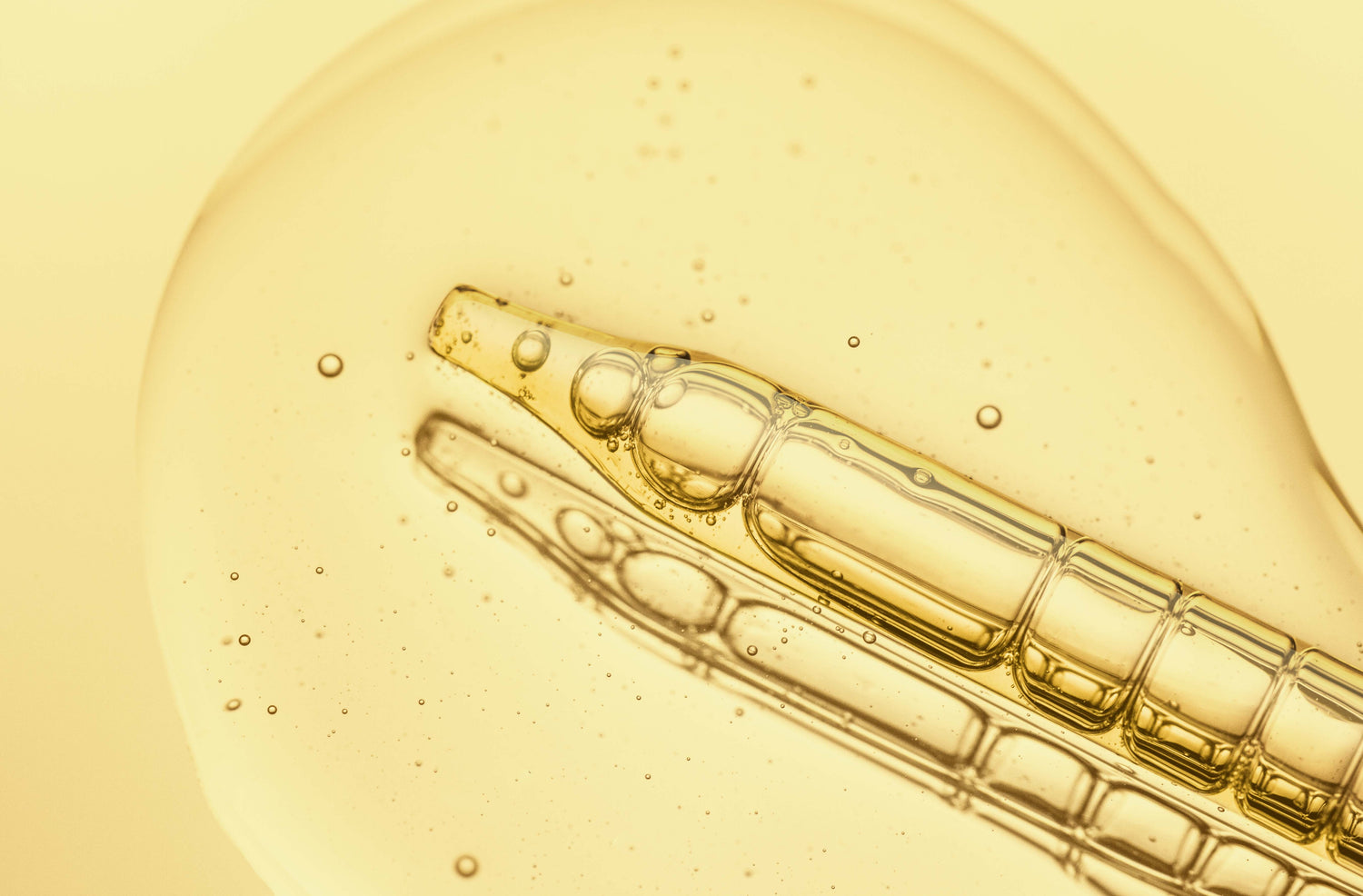
Something to keep in mind about acne scars is that they’re not all created equal. There’s the general presumption that scarring is only textural, but the term ‘acne scarring’ also pertains to any marks and discolorations left behind by acne lesions — and the color of these marks mean a lot. Below I distinguish the different types of acne scars and the most effective ways to treat them.
Post Inflammatory Erythema (PIE)
PIE refers to redness in the form of pink and even purple spots that appear on the skin post-breakout, and they are more visible in fairer complexions. But in darker skin tones, these red spots can often misleadingly appear as brown, which results in many mistreating them as brown discolorations when in fact, they are redness that's masked by the melanin in your skin. A quick way to discern if you have redness or not is by doing a redness invisibility test. I demo this technique from the 2:45 minute mark in the video below, and it helps determine if your discolorations are redness or if your skin is just pigmented.
How to get rid of acne scars
When it comes to PIE, time is of the essence so the sooner you treat it, the better. For superficial inflammation (i.e. redness that looks like an inflamed skin barrier), Walgreens Hypchlorous Cleaning Spray, $9, and Tower 28’s SOS Daily Rescue Facial Spray, $28, will help calm symptoms of redness. Ingredients-wise, niacinamide, specifically between the 3-5% concentration range, will make a valuable addition to your routine.
Glossier’s Super Pure serum is a worthy choice, and it’s also fortified with zinc to offer anti-inflammatory effects. Sulfur is another great (and gentle) remedy with anti-inflammatory and antibacterial properties to help lessen the redness. De La Cruz’s Acne Treatment (with 10% sulfur) is an ointment treatment for the face and body that I highly recommend, but between you and I, just so you know, it can sometimes smell like literal rotten eggs so try to apply less of this before a hookup or a Hinge date.
Next, tiger grass AKA Centella Asiatica or cica is another superstar — it’s an ancient Asian medicinal herb that was used to heal wounds and scarring, and it’s infused in Dr. Jart+’s Cicapair Tiger Grass Serum, $49, which has some niacinamide as well. What I also love about this serum is its green tint, which subtly counteracts and neutralizes red, making red patches appear less prominent.
Azelaic acid is also worth including in your lineup of products — I recently did a blog post on the buzzy ingredient with product recommendations to shop as well.
Post Inflammatory Hyper/Hypo-pigmentation (PIH)
Dark spots from acne are what we call post-inflammatory hyperpigmentation, and this is caused by an over-production of melanin that's induced by inflammation. When this type of hyperpigmentation is located in the epidermis, it’s a lot easier to treat with over-the-counter products, but once it’s deeper down in the dermis, it becomes much harder to tackle and will likely require a visit to your derm for a laser treatment.
How to get rid of dark spots from acne (in the epidermis)
The first and most obvious is sunscreen — specifically a physical broad-spectrum formulation for UVA and UVB protection. Also, try to choose a tinted sunscreen with iron oxide as iron oxide helps block visible light. Then there's hydroquinone — a skin-evening agent that’s truly the gold standard for post-inflammatory pigmentation. Ambi’s Fade Cream, $7, is a little miracle worker but make sure to use it under the supervision of a dermatologist. As a precursor to hydroquinone, arbutin is another effective brightener that works really well in fading brown spots and scarring. Inkey List’s Alpha Arbutin Serum, $12, contains 2% alpha-arbutin, the sweet spot in concentration, with squalene and hyaluronic acid for some added hydration. And three additional ingredients worth adding to your arsenal as well are ascorbic acid (of course), tranexamic acid, and retinol to help slow down excess melanin production and even out hyperpigmentation.
White spots, post-inflammatory hypopigmentation, are a lot trickier to treat with over-the-counter products, so if these have occurred on your skin, I would strongly advise seeing a dermatologist.
Check out my complete list of PIE and PIH products here

